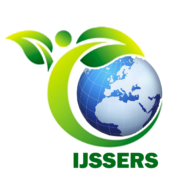Return on Investment in Education of High School Class 2009
This descriptive-correlational research was conducted to estimate the rates of the return on investment in education of the respondents who graduated in high school only, those who took vocational courses and those who have earned a college degree. Further, it established the relationship between the respondents’ cost of education and their return on investment in education. It included 15 graduates of Batac National High School and Pagudpud National High School who belong to the Class of 2009.
The respondents’ socio-demographic profile and estimated rates of return on investment in their education was determined using the Return on Investment in Education Questionnaire.
Frequency, percentage, and mean were used to analyze their socio-demographic profile. Meanwhile, the Pearson’s (r) moment of correlation was used to determine the relationship between the respondents’ cost of education and the rates of return on investment in their education.
Results show that the rates of return on investment in education of the respondents are generally high. Findings also show that there is a significant relationship between the respondents’ cost of education and the rates of return on investment in their education. There is a negative correlation between the cost of education and return on investment in education. This implies that low cost of education can have higher rate of return on investment in education or a high cost of education can have lower rate of return on investment in education. Results of the study confirm that cost of education is not necessarily an indicator of ROI and ROI cannot be gauged necessarily by means of the cost of education.

